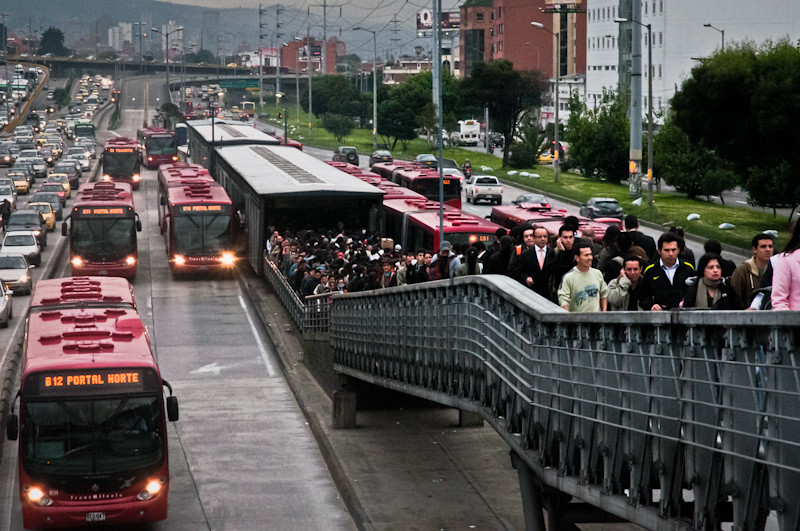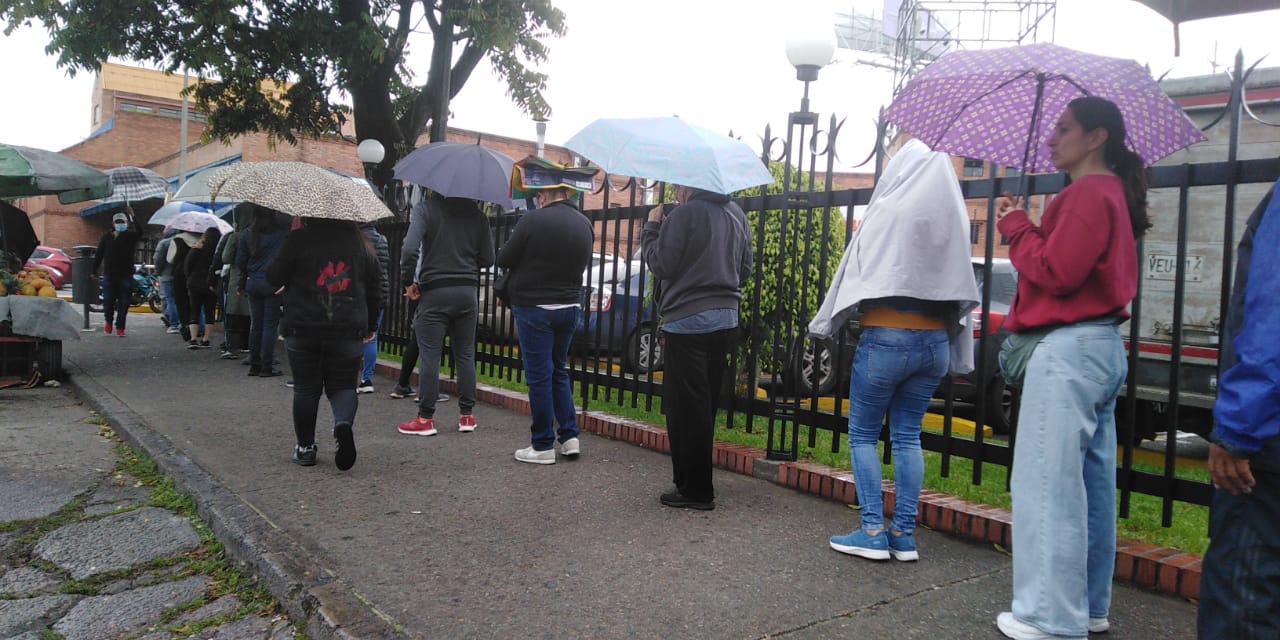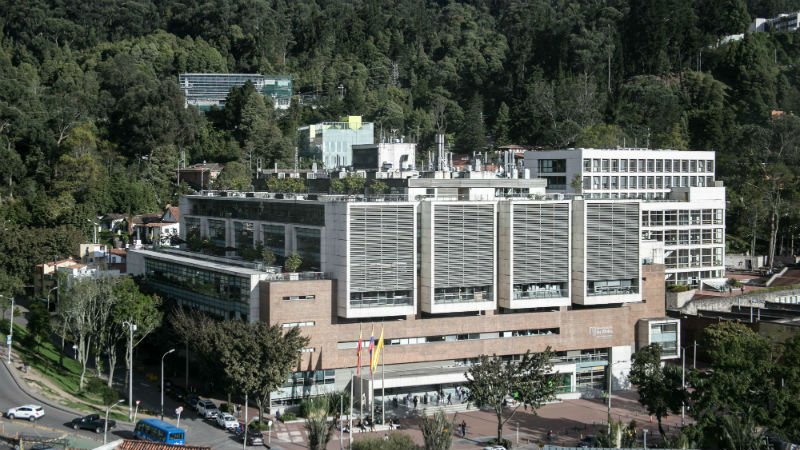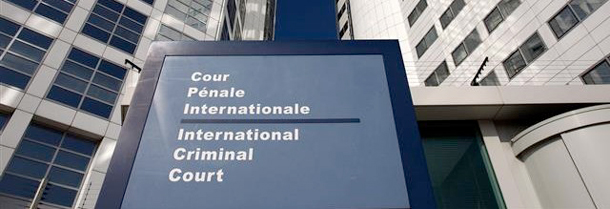
This city suffers from a serious case of ‘ Not In My Back Yard ‘
Money talks and bullshit walks. That’s pretty much what’s happening in the saga of the TransMilenio extension to Carrera Séptima. The rich folk living along the route have kicked off enough and got a delay in construction. With a new mayor coming in later this year, it may well have put the kibosh on the project. That’s the money talking.
What of all the poor sods living in the extreme edges of the city? Their torturous commute isn’t about to get any better, and with ever-rising private car numbers getting in the way of their buses it’s likely to get worse still. Unfortunately for them, the political class and the oligarchy see them as just so much bullshit.
Full disclosure: I own an apartment in Barrio Sucre, within a minute’s walk of the Séptima. The TransMi extension meant compulsory purchases could’ve been on the cards. That in turn meant our predial values mysteriously fell. Surely just a coincidence, but one that benefitted me. Still, I could do without heavy traffic up the road, in terms of visual and aural pollution as well as air quality. My sweet little husky will appreciate the Parque Nacional staying as big as possible too – she seems to want to cover every inch of grass as it is.
But here’s the thing. As arrogant as people think I am, I still don’t think that my needs, or the needs of other over-privileged whiners, trump those of the thousands of people who desperately need access to better transport.
Of course, we need a proper mass transport system, not the critically flawed TransMilenio. But that’s not being offered. So in the choice between the TransMis thundering up and down the Séptima and nowt being done, I’ll take the TransMi. The argument is framed to reflect the effect on a comparatively small section, when in fact we should be canvassing opinion from the entirety of the proposed route.
Related: Oli’s big topic, the right to blasphemy
There is no doubt whatsoever that the armies of workers that must be bussed north to serve their semi-feudal lords daily will see their quality of life change for the better. But they are invisible against the overeducated, overprivileged, massively influential princelings that want not only all the cultural benefits of living in the heart of the city, but also the quietness of country living. Oh, and they want those poor folks to come and do their heavy lifting, but they won’t endure even a modicum of discomfort in order to make that work slightly dignified.
But the Séptima TransMi is only a symptom of the wider disease: a rampant case of Not In My Back Yard – NIMBYism. Bogotá has a bad case of the NIMBYs, wherever you look. Gated communities litter the north of the city, only allowing the right sort of people to walk the streets. Rolo friends of mine tell stories about being apprehended by the police for ‘not looking like they should be here.’
The Venezuelans recently arrived in Bogotá are perhaps the most visible recent sign of NIMBYism.
Remember when the Bronx was broken up? The outcry wasn’t that there was a crisis of public health, or that there had to be some serious outreach work being done. No, the problem was that new ollas would spring up elsewhere…maybe in ‘decent’ neighbourhoods.
As drug addicts were displaced, some turned up cheek-by-jowl in richer communities, causing a sudden concern from people who cared not about their plight, but about the fact that they could now see them.
The Venezuelans recently arrived in Bogotá are perhaps the most visible recent sign of NIMBYism. In this case, it’s a whole nation being told they’re not welcome round here. ‘Go and suffer elsewhere’ is the message that Bogotá apparently wants to send. There’s limited tolerance as long as they’re hidden away in makeshift camps. Once they are too close to strata 4+ though, reasons are found to deny them.
Some are less obvious: the closed hiking routes into the cerros orientales for example. The access points to start the hikes are mainly located in Chapinero Alto and Rosales. Given that property prices are sky-high there, the local residents assume that means they get to choose who walks around their roads.
In total then, it seems that you can do what you want in Bogotá…as long as it only affects the poor. Conversely, you can’t positively affect the poor if there is even an inkling of a negative repercussion for the toffs. Sometimes this means blocking civic improvements, but there’s a much darker side, too. The idea of social cleansing pops up more often than it should when this topic comes up. Maybe we could all think a bit more about the wider city, rather than just ourselves.





